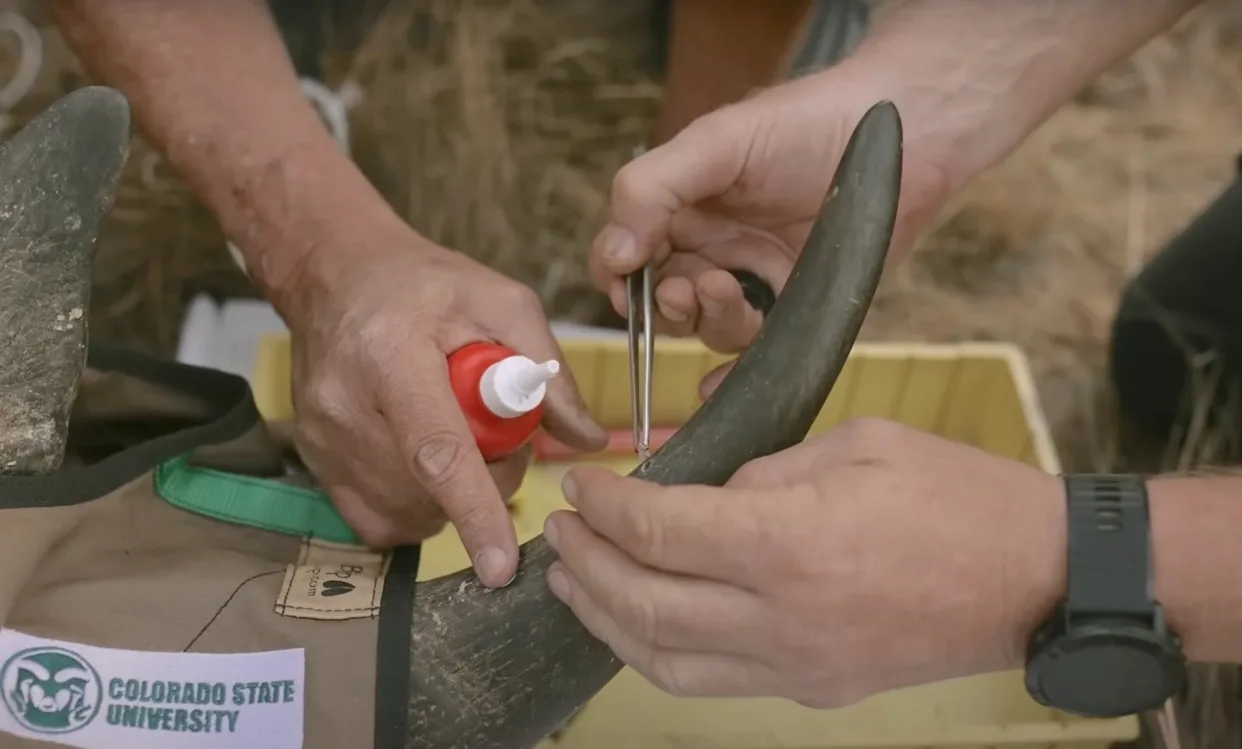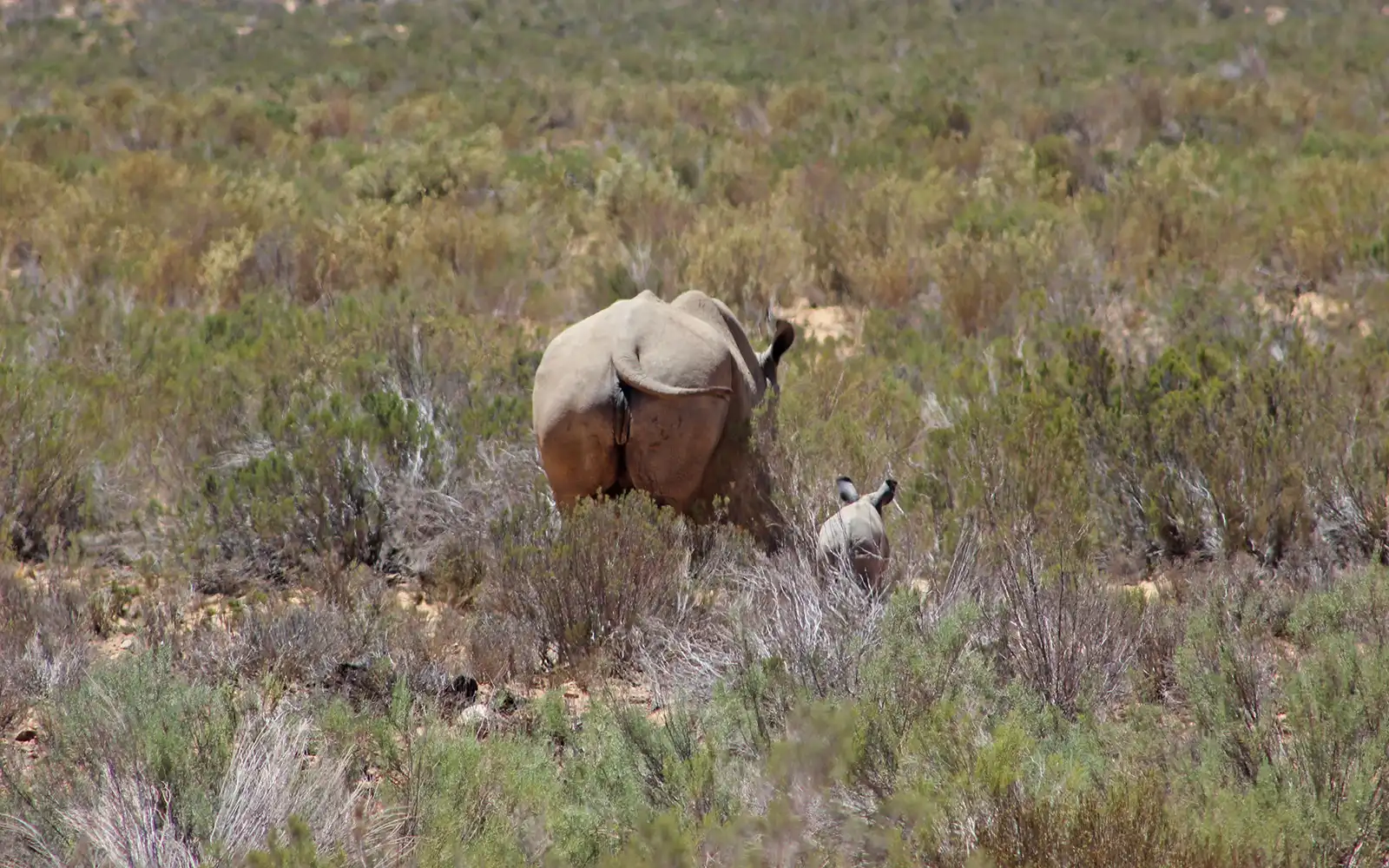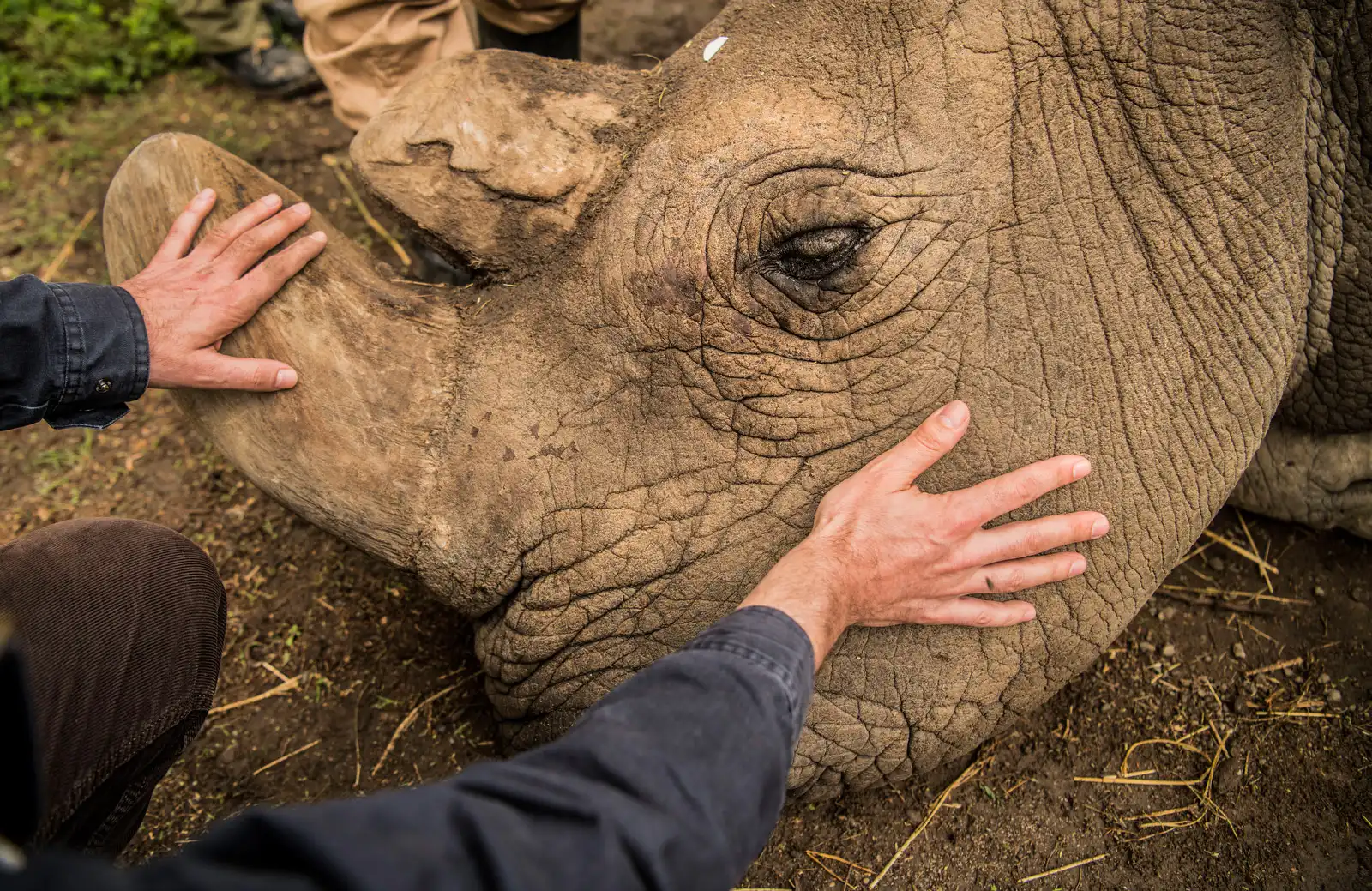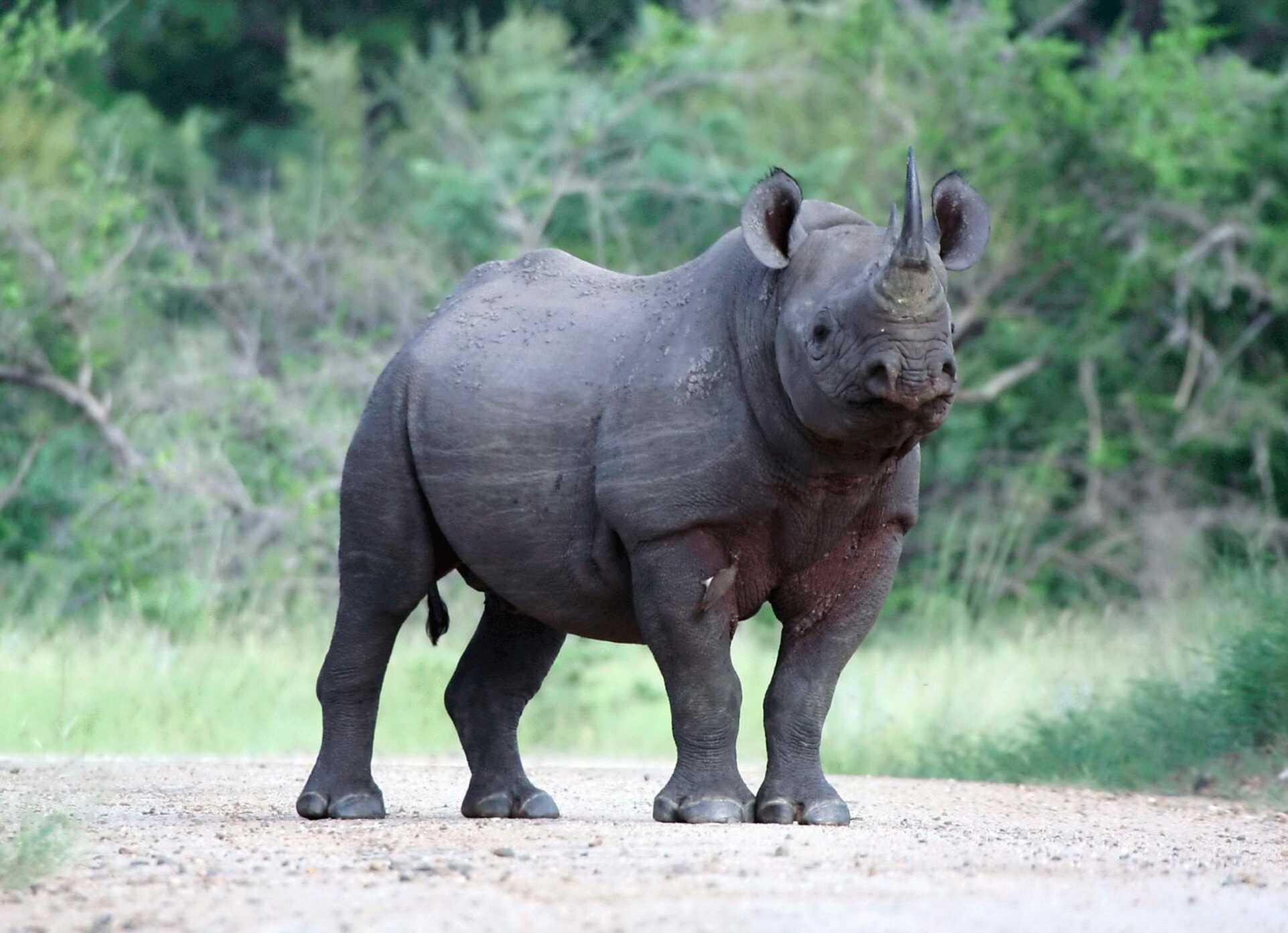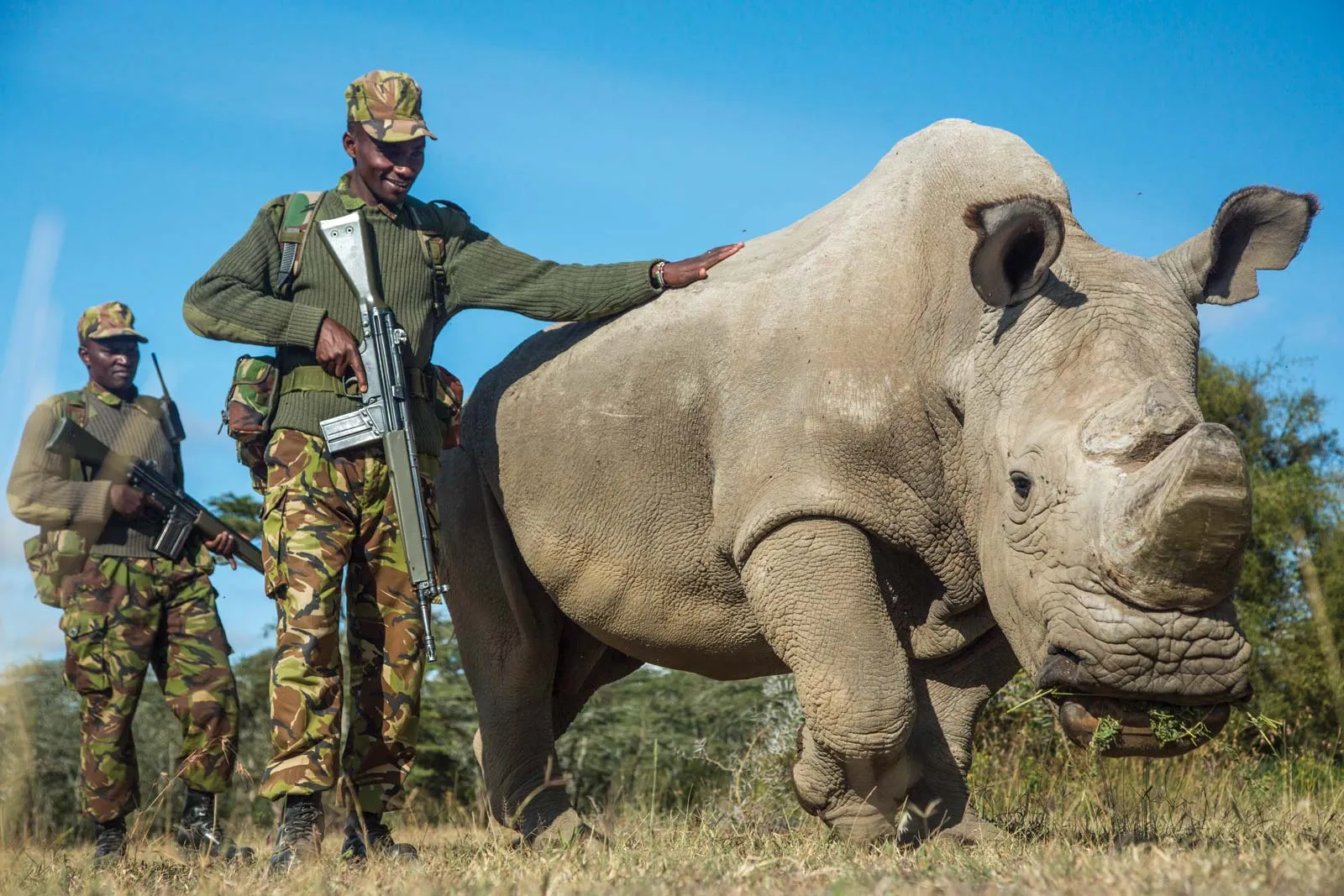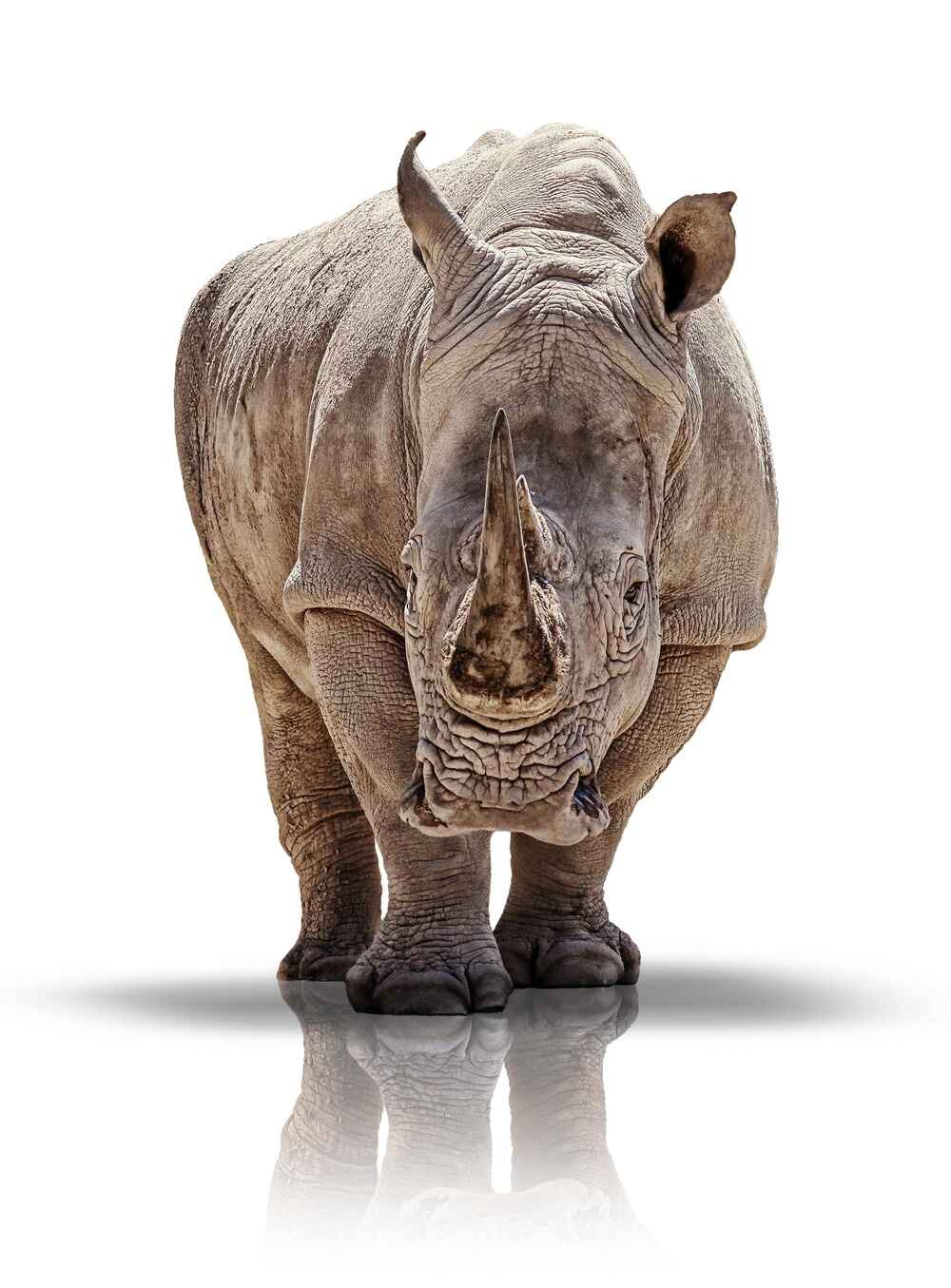In an effort to curb poaching, a new initiative could see scientists inject non-toxic radioactive isotopes into the horns of rhinoceroses to make them unfit for human consumption, according to Interesting Engineering. On June 25, the University of the Witwatersrand in Johannesburg, South Africa, released the Rhisotope Project, a groundbreaking conservation initiative that aims to use science and engineering in the fight against illegal rhino poaching and help save countless rhinos.
Why is it important to save rhinos?
According to figures from the International Union for Conservation of Nature, an international conservation body, the global rhino population stood at around 500,000 at the beginning of the 20th century. It now stands at around 27,000 due to continued demand for rhino horn on the black market.
Poaching reached record highs in 2014 and 2015, but the horrors of rhino poaching has continued each year and the concerning increase in rhinos poached for their horns in 2023 has seen a devastating strain on Africa’s rhino populations.
“Every 20 hours in South Africa a rhino dies for its horn,” said Professor James Larkin of the University of the Witwatersrand. “These poached horns are then trafficked across the world and used for traditional medicines, or as status symbols. This has led to their horns currently being the most valuable false commodity in the black-market trade, with a higher value even than gold, platinum, diamonds, and cocaine.”
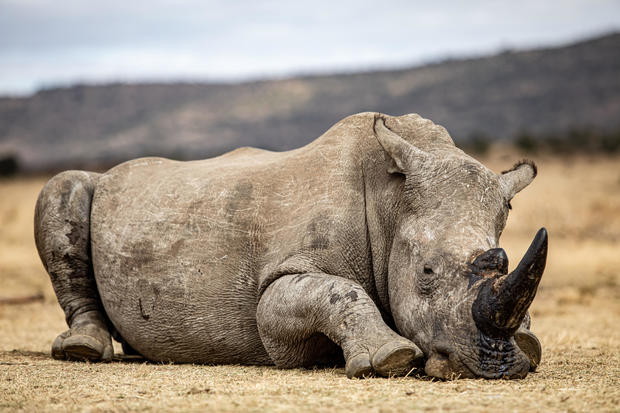
Radioactive Innovation: the Rhisotope Project
After three years of meticulous and dedicated hard work, the Rhisotope Project at Wits University has successfully inserted low doses of radioisotopes into 20 live rhinoceros. Over a six-month period, these rhinos will be closely monitored to assess the viability of the initiative.
The Rhisotope project, which is a clever combination of radioactive ‘isotopes’ and ‘rhinos’, is the final phase of the research project led by Professor James Larkin from the University of the Witwatersrand’s Radiation and Health Physics Unit (RHPU), in collaboration with a team of experts who are leaders in the world of rhino conservation and veterinary work.
The Rhisotope Project’s intention is to use nuclear technology in the form of small, measured quantities of radioisotopes and to insert these into the horns of rhinoceros, which can be picked up by radiation detection portal monitors at international borders, including at harbours, airports and land-crossings.
According to the University, there are over 11,000 radiation detection portal monitors throughout the world. These radioisotopes will provide an affordable, safe and easily applicable method to create long-lasting and detectable horn markers that cause no harm to the animals and environment. At a later stage, the work will expand to elephants, pangolins and other endangered fauna and flora.
“Consuming products made from the horns will make them ‘essentially poisonous for human consumption’,” said Nithaya Chetty, professor and dean of science at the University of the Witwatersrand. But such drastic measures are necessary to help protect these critically endangered species.
Conservation efforts for rhinos have seen small victories in recent years, including welcoming a new baby Sumatran rhino, one of only 50 in the world, and a new baby eastern black rhino in a region of only eight known in the species. With the Rhisotope Project, researchers can easily track rhinos, which play a crucial role in shaping the ecosystem of Africa, and help save them from poachers.
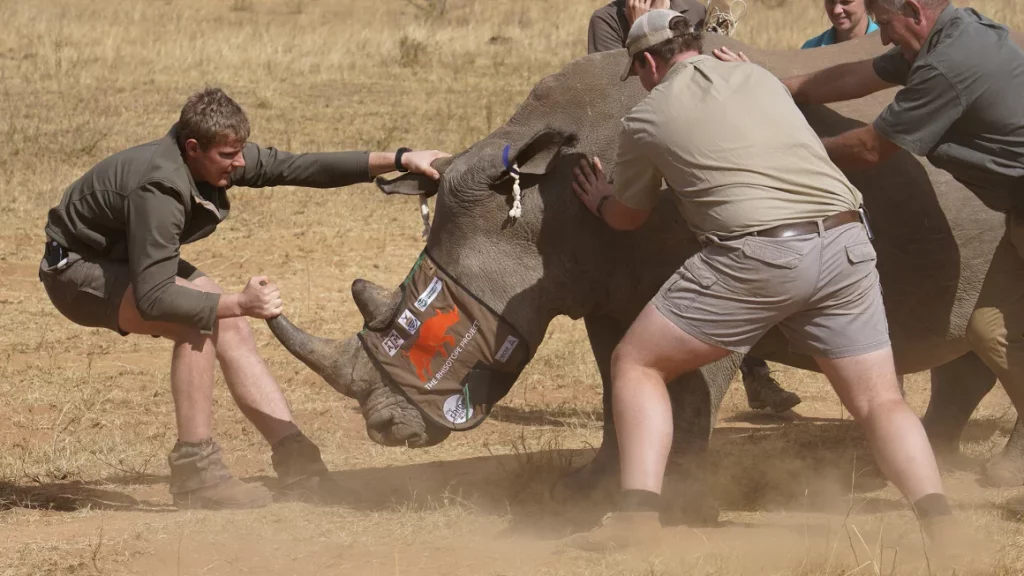
“This novel approach pioneered by Prof Larkin and his colleagues has the potential to eradicate the threat of extinction [of] our unique wild-life species, especially in South Africa and on the continent,” said Professor Lynn Morris of the University of the Witwatersrand.
“This is one of many projects [at the University of the Witwatersrand, South Africa] that demonstrates research with impact, and which helps to address some of the local and global challenges of the 21st Century.”
Read the full article: A Novel way to save Rhinos

